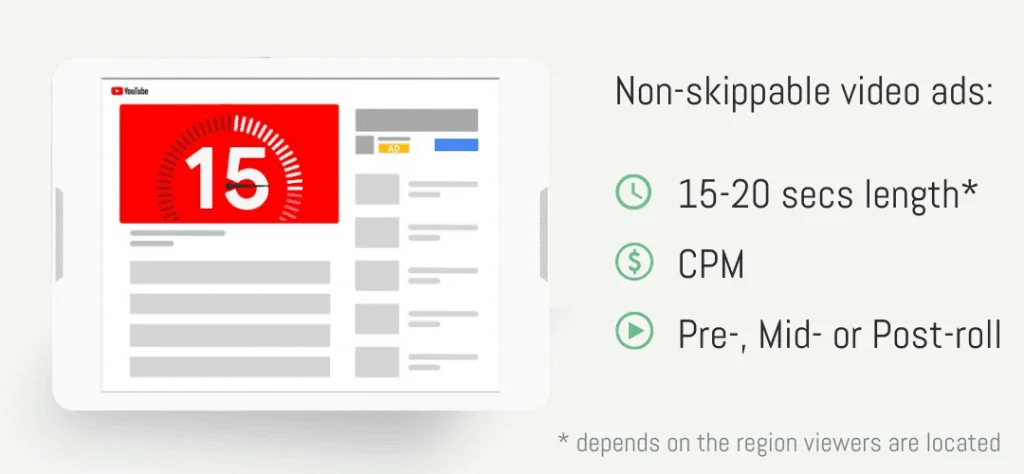If you’re looking to advertise your brand or product, you’ve probably heard about video ads CPM. CPM stands for cost per thousand impressions, and it’s an important metric to understand when it comes to video advertising. In this blog post, we’ll break down what CPM is, how it works, and why it’s important for your advertising strategy.

What is Video Ads CPM?
CPM is a standard metric used in advertising to measure the cost of displaying an ad to one thousand viewers. It’s calculated by dividing the total cost of an ad campaign by the number of impressions (views) it receives, then multiplying that number by 1,000. For example, if an ad campaign costs $10,000 and receives 100,000 impressions, the CPM would be $100.
How Does Video Ads CPM Work?
Video ads CPM works by setting a price for every thousand impressions an ad receives. Advertisers can set a maximum bid for their ad placement, and then an ad exchange will auction off that placement to the highest bidder. The winning bidder then pays their bid price for every thousand impressions their ad receives.
Why is Video Ads CPM Important?
Understanding CPM is important for advertisers because it helps them determine the cost-effectiveness of their ad campaigns. By comparing the CPM of different ad placements, advertisers can identify which placements offer the best value for their money. They can also use CPM to forecast the cost of future campaigns and adjust their budgets accordingly.
Factors That Affect Video Ads CPM
Several factors can affect the CPM of video ads, including:
- Ad Format – Different ad formats have different CPMs. For example, pre-roll ads typically have higher CPMs than mid-roll ads because they’re more interruptive.
- Ad Placement – Ads placed in premium positions, such as above the fold or in-stream, typically have higher CPMs than those placed in less visible locations.
- Targeting – Ads that are targeted to a specific audience typically have higher CPMs than those that are not because they’re more relevant to the viewer.
- Advertiser Competition – The more advertisers compete for a placement, the higher the CPM will be.
- Seasonality – CPM can vary depending on the time of year. For example, CPMs may be higher during the holiday season when advertisers are competing for shoppers’ attention.
How to Improve Video Ads CPM
There are several strategies advertisers can use to improve their video ads CPM, including:
- Optimize Ad Format – Experiment with different ad formats to find the one that offers the best balance between user experience and CPM.
- Target the Right Audience – Use data and analytics to identify your target audience and serve them ads that are relevant to their interests.
- Choose the Right Ad Placement – Consider the visibility and relevance of different ad placements to determine which will offer the best value for your budget.
- Set Realistic Bids – Don’t overbid for ad placements. Set realistic bids based on the value of the placement and the audience you’re targeting.
- Monitor Performance – Track the performance of your ad campaigns and make adjustments as needed to improve CPM and overall ROI.
Conclusion
Video ads CPM is an important metric for advertisers to understand because it helps them determine the cost-effectiveness of their ad campaigns. By analyzing CPM, advertisers can identify which placements offer the best value for their budget and make data-driven decisions about their advertising strategy. Remember to optimize your ad format, target the right audience, choose the right ad placement, set realistic bids, and monitor performance to improve your video ads CPM and drive better results for your business.
